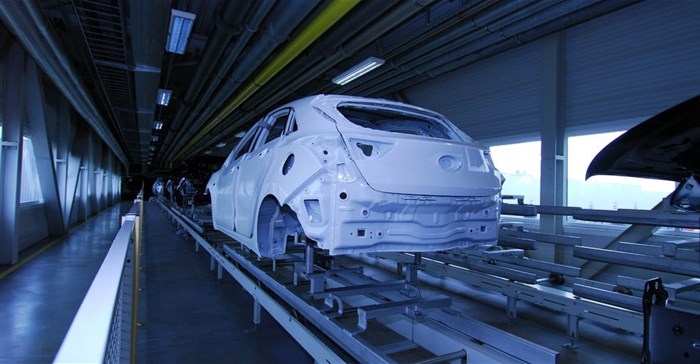Marketing & Media trends
Industry trends
BizTrends Sponsors
Trending




 Sabre EMEA 2024 Awards: Razor PR, Retroviral top SA agenciesDanette Breitenbach
Sabre EMEA 2024 Awards: Razor PR, Retroviral top SA agenciesDanette Breitenbach
#BizTrends2017: Key challenges for OEMs to tackle in 2017

In order for there to be a stabilisation of the industry and the economy, an improvement in GDP growth is a definite prerequisite. The industry also needs an increased focus on a new data-driven business model, which I believe the traditional automotive industry is somewhat unprepared for in comparison to other industries, such as companies from the information and communication technology (ICT) sector.
We highlighted a couple of key trends in our Automotive Future Now Report released in February 2016, but I believe that there are four key challenges that OEMs need to address to get a piece of future profitability.
Complexity and cost demands
I believe that we will see some changes to the traditional automotive industry model as OEMs look for smart ways to reduce costs and maximise brand loyalty. Complexities and demands include the increasing cost of production due to advanced technology and global minimum standard requirements, new lightweight raw materials costing more than sheet metal, and less consumer spending power. There is also more demand for high specification customisation and diversity in vehicle ranges coupled with the unsustainable costs of showroom floors, staff training and retention.
All of these complexities, together with increasing competition for customers in a connected world, points towards a shrinking bottom line in the ‘business as usual’ scenario, as is reflected in 2015 and 2016 car sales figures. Taking all of this in to consideration, I think we will see a scenario where alternative strategies to overcome market complexities may well be the norm moving into the future.
Eco mobility
The concept of eco mobility – which aims to reduce traffic congestion in urban areas by promoting alternatives such as public transport, small electric vehicles and bicycles – is dependent on the municipalities’ ability to provide the necessary infrastructure and environment. Small projects may show some traction in the medium term, but the scalability and viability of such a vision remains to be tested and implemented in the future.
If proven possible, it would reduce the demand for compact ICE vehicles for daily use. Small electric vehicles may become more popular for daily commutes while those requiring long-distance travel for business or weekend leisure would probably shift towards the more rugged SUVs or pickups, or even luxury sedans, possibly on an as needed/hire-as-you-go basis rather than ownership.
Digital disruption
Digital disruption is a reality that affects car manufacturers, marketers and dealerships. In a digitally disrupted age, consumers are demanding more interactive services and mobile apps that plug seamlessly into connected vehicles. Consumers want more connectivity, are focused on active safety and ease of use, and are increasingly using digital sources in making their purchase decisions.
Digital disruption will continue to shape and refine both the local and the global automotive industry, with innovative strategic solutions being sought and implemented over the next five years.
Dealerships and retail
Consumer spending habits have changed and less and less time is being spent inside dealerships when deciding on which vehicle to buy. Consumers these days are smart and they’re connected. With this comes an increase in internet leads.
In Europe, where the real move is toward internet buying, they measure the number of deals concluded against digital enquiries. A year ago, those figures demonstrated 3.2 concluded deals against 1 internet enquiry. Today those figures are 1.1 to 1 – for every 11 internet enquiries they do 10 deals. Locally, according to the NADA, we’re on about 7 enquiries to 1 deal. We may be a little bit slower to adopt, but I think we may well see an increase in digital transactions in future.
There is a continuous rise in the operating costs of a traditional brick and mortar dealership, so I believe that we will see an increase in multi-brand franchises for some of the smaller importers as a means of cost saving. Dealerships are also refining and streamlining their operations, systems, parts, service and pricing models. The focus is on driving efficiencies while raising profitability. I think in future we may well see a closer integration and interaction between OEMs and dealerships as cost optimisation becomes more prevalent and where customer retention becomes a strategic focus.
We’re also influenced a great deal by global change like elevated environmental concerns, consumer demand for connectivity and digital solutions, and advances in technology – particularly in safety features. Other disruptive forces include changes in both the supply chain model as well as vehicle ownership models, increasing urbanisation and more demanding and discerning consumers.





